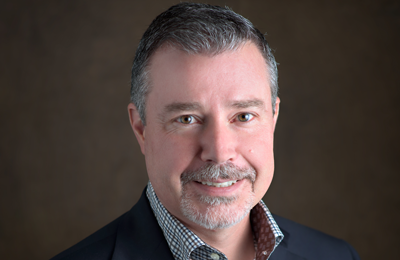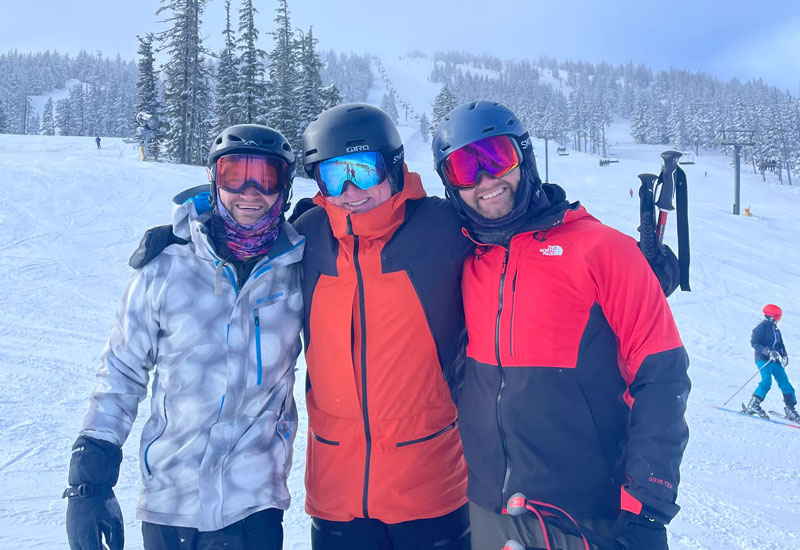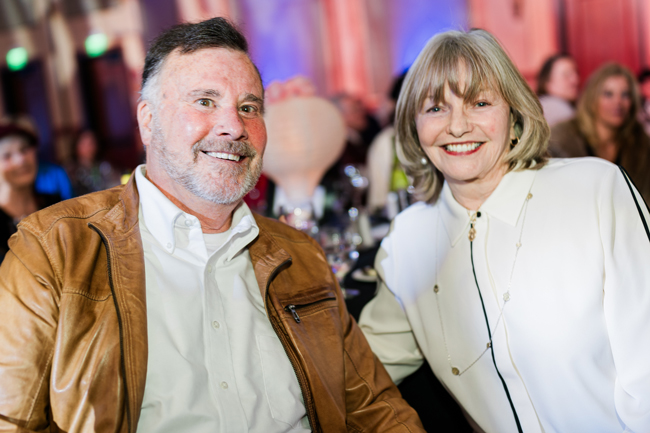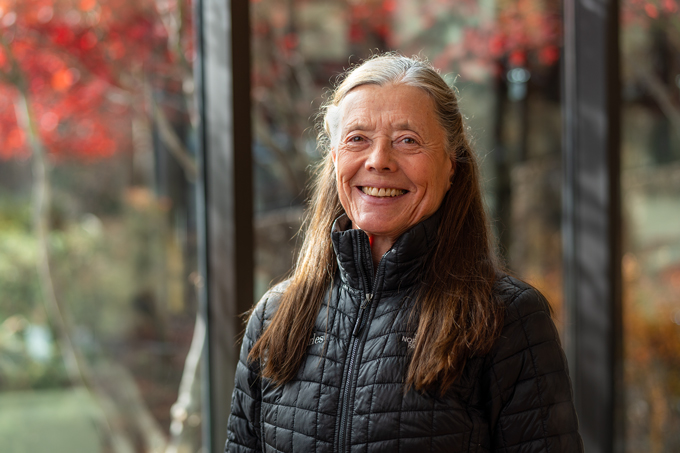At St. Charles, we work hard every day in pursuit of our vision: creating America’s healthiest community, together.
That last word – together – is a key component of our work.
As Oregon’s leading health care organization east of the Cascades, St. Charles plays a major role in the health of the communities we serve. But we can’t do it alone. We need an engaged constituency made up of people who are interested in health issues – the kind of people who not only open an email from their local health system, but also read the latest update from the health system’s CEO. (Thank you for doing so, by the way.)
We also need dedicated, knowledgeable community partners who share our vision for a healthier Central Oregon.
St. Charles is fortunate to work with many local organizations that fit that description. One of those is Stroke Awareness Oregon (SAO), which is expanding stroke education across the state and improving outcomes for stroke survivors.
By relentlessly focusing on stroke awareness and education, SAO is giving Oregonians the tools they need to do their part for stroke victims. That’s because stroke care is highly dependent on people who know the signs of stroke and can alert emergency responders quickly. For stroke victims, if a friend, family member, coworker or even a stranger doesn’t spot the symptoms and seek help, doctors cannot provide treatment.
At St. Charles, we’re doing our part, too. Led by a group of caregivers who are exceedingly committed to improving stroke care in our service area, the health system's stroke program has made some incredible advances over the past few years:
Number one, we have significantly increased our usage of t-PA, the best available medication to dissolve blood clots. At all four of our hospitals, this change is improving outcomes for stroke patients.
Number two, we now have 24/7 coverage of our Bend hospital by physicians trained in interventional stroke care. Using cutting-edge technology, these doctors are able to provide life-saving treatment as soon as a stroke victim comes through the door.
Number three – and this is a big deal – we are launching a rural outreach program. This will make our exceptional stroke care available to people in rural areas throughout Central and Eastern Oregon and, we hope, reduce the number of stroke victims being transferred out of state.
With a stroke, a rapid response is absolutely critical. For every minute treatment is delayed, 2 million brain cells will die. Every hour of delay leads to at least a 20% drop in recovery rates.
A rapid response is complicated, however, by the fact that St. Charles serves a huge, sparsely populated area. So we’re doing everything we can to ensure rural hospitals know about our stroke care program and we’re working with emergency responders across the state to get people the care they need as quickly as possible, including automatic deployment to stroke victims in rural and remote locations.
We’re also reaching out to our colleagues in towns like John Day and Burns to ensure we’re all working from the same modern playbook when it comes to stroke care. We believe this new program can serve as a model for similar areas and will save many lives.
There are other initiatives underway, too, all focused on one thing: Improving long-term outcomes for stroke victims in Central and Eastern Oregon. That’s our ultimate goal at St. Charles, and we’re proud to work with Stroke Awareness Oregon to get there together.
If you want to make sure you know the signs of a stroke – easily remembered using the acronym F.A.S.T. – please check out SAO's website for more information.





